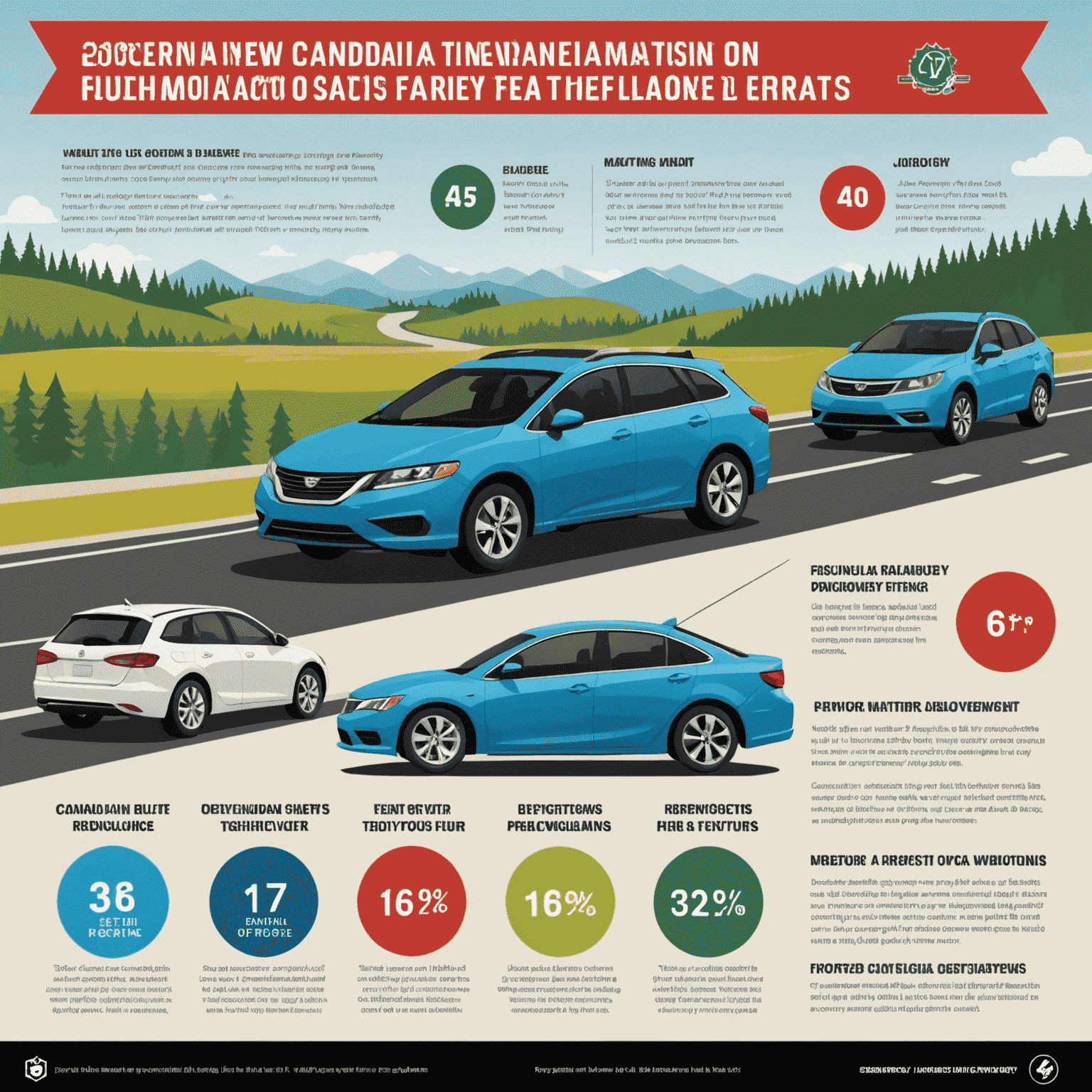Canadian Auto Market Trends: Shifting Gears in 2024

The Canadian automotive landscape is undergoing significant changes, driven by evolving consumer preferences, stringent regulatory measures, and technological advancements. These shifts are having a profound impact on the auto parts industry, reshaping demand and supply dynamics.
Consumer Preferences: The Electric Revolution
Electric vehicles (EVs) are gaining traction in the Canadian market, with sales figures showing a steady upward trend. This shift is primarily fueled by:
- Increasing environmental awareness among consumers
- Government incentives for EV purchases
- Improvements in battery technology and charging infrastructure
As a result, the demand for EV-specific parts such as battery components, electric motors, and power electronics is surging, while traditional combustion engine parts are seeing a gradual decline in some segments.
Regulatory Changes: Emissions and Safety in Focus
The Canadian government has implemented stricter emissions standards and safety regulations, which are reshaping the auto industry:
- Tighter CO2 emission limits are pushing manufacturers towards more efficient engines and hybrid technologies
- Enhanced safety requirements are increasing the demand for advanced driver-assistance systems (ADAS) components
- Mandatory inclusion of backup cameras and other safety features is boosting the aftermarket for these parts

Impact on Auto Parts Demand
The evolving market trends are creating new opportunities and challenges for the auto parts industry:
- Rise in High-Tech Components: There's an increasing demand for sensors, cameras, and electronic control units to support ADAS and connectivity features.
- Shift in Engine Components: While traditional engine parts are still in demand, there's a growing market for hybrid and electric powertrain components.
- Aftermarket Adaptation: The aftermarket is adapting to service both traditional vehicles and the growing EV fleet, requiring a diverse inventory of parts.
- Lightweight Materials: To meet efficiency standards, there's a higher demand for lightweight materials like aluminum and carbon fiber composites.
Regional Variations
It's important to note that trends vary across different regions of Canada:
- Urban centers like Toronto and Vancouver are seeing faster EV adoption rates
- Rural areas maintain a stronger demand for traditional vehicle parts, especially for trucks and SUVs
- Quebec leads in EV sales due to provincial incentives, influencing the local parts market
Conclusion: Adapting to Change
The Canadian auto parts market is at a crossroads, balancing the needs of traditional vehicles while preparing for an electric future. Suppliers and retailers must stay agile, diversifying their inventory to meet the evolving demands of this dynamic market. As we move forward, the ability to provide parts for both conventional and emerging vehicle technologies will be key to success in the Canadian automotive landscape.